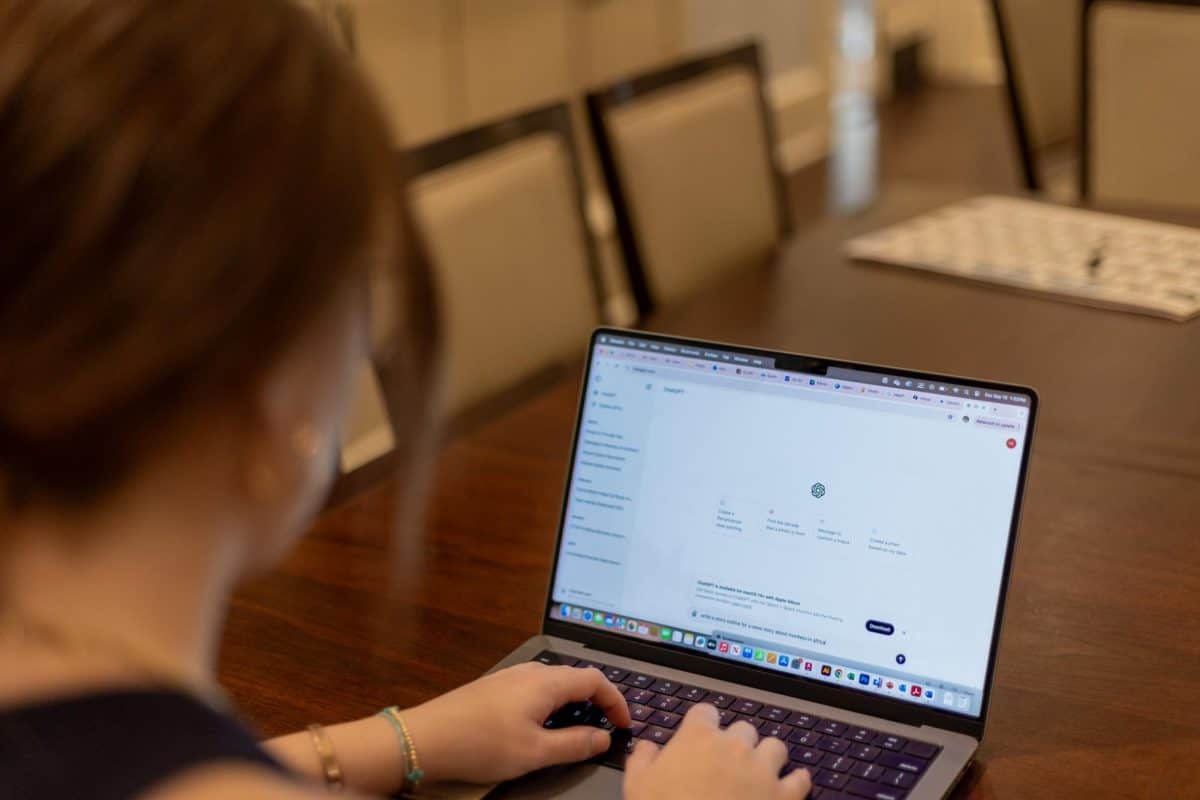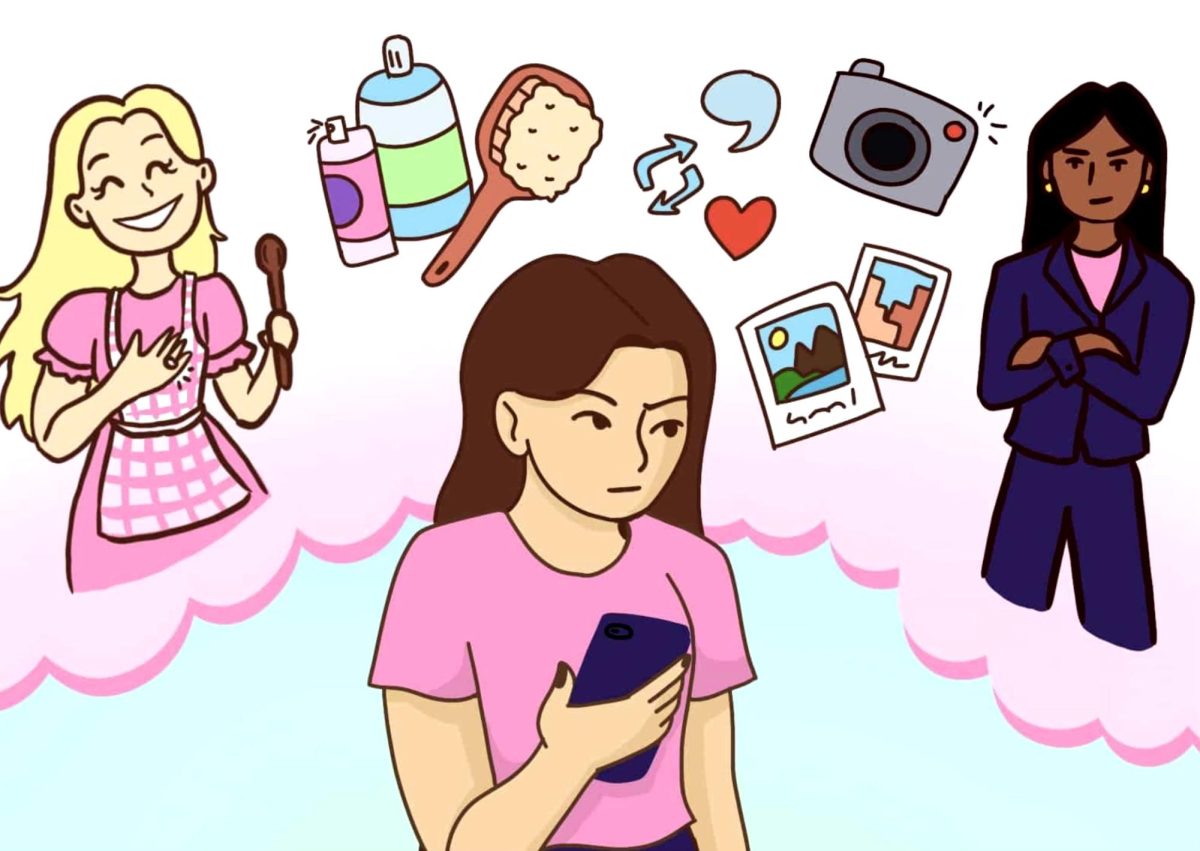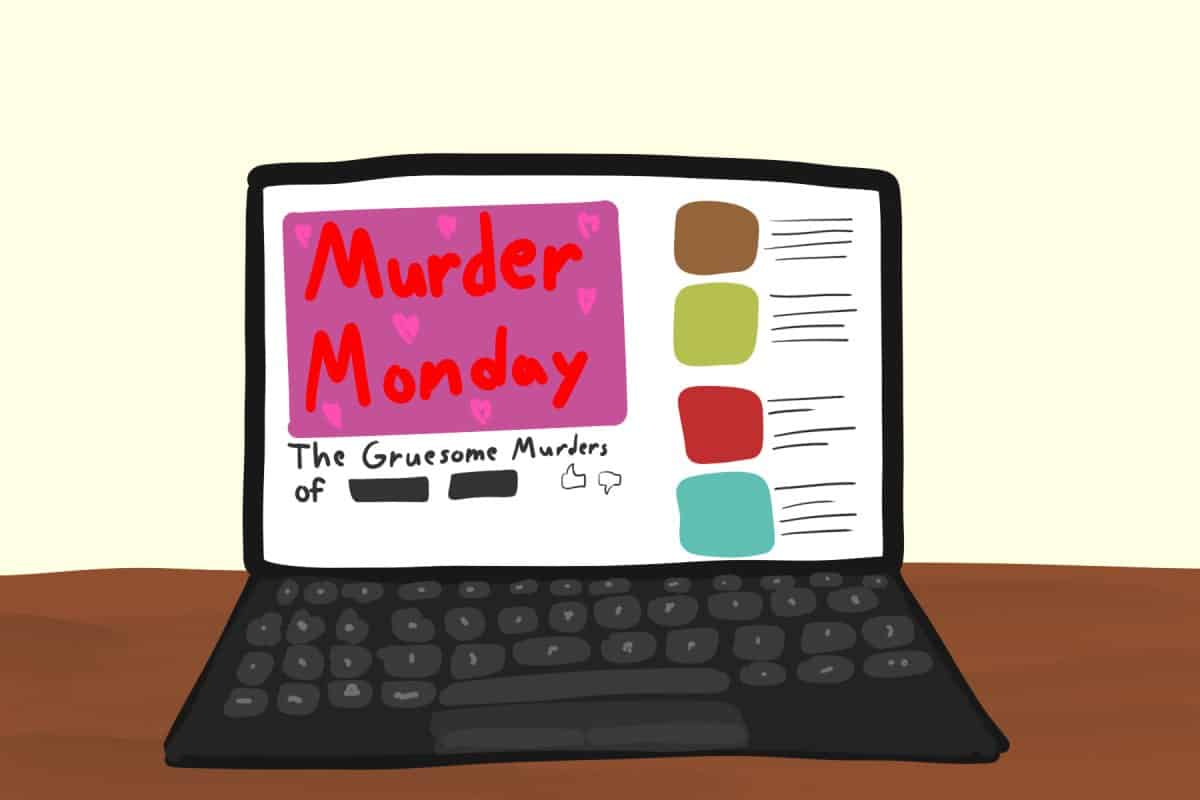The rise of artificial intelligence, or AI, has influenced conversations about the future of the traditional workplace. AI promises efficiency and innovation; however, it is not just revolutionizing industries — it’s taking over people’s jobs. The question isn’t when will AI impact the job field, but how deeply. The truth is that AI is doing more harm than good.
There’s no denying that AI has already impacted workplaces. From customer service chatbots to food delivery machines, AI is reducing the need for human workers in every field. Laney Vullo, a freshman psychology major at The University of Alabama, said, “At Publix, we have needed fewer employees to work the customer service desk because we have an online customer service chat where you talk to an AI-generated robot instead of a real person.”
To speak to Vullo’s concerns, robots have replaced assembly line workers in manufacturing plants even though they are unreliable and tend to have problems similar to talking to a robot about an issue you had with a product. Even creative fields like journalism and advertising are slowly getting targeted. AI-generated articles and artwork are on the rise, thus threatening roles that were once seen as unique and strictly human.
Some might say that this shift is inevitable and that it might even be beneficial to us as a whole. AI can be a stress reliever and allow people to focus on more rewarding tasks. A future with AI could lead to humans being more dedicated to themselves and even willing to take on more meaningful or intellectual roles. This approach views AI as a collaborator rather than a competitor. But is that really the case?
The reality for many workers is that by 2030 AI will have taken over 30% of jobs. Truck drivers, basic financial reporters and warehouse workers are among those most at risk of losing their jobs due to AI. Jobs that require specialized skills are at risk of being taken over by AI due to the time and resources required to train these employees.
“I believe that AI can take out many researchers’ jobs because they can run on an application and do not need human interaction,” said Sadie Boyer, a sophomore nursing major. This allows room for a growing divide between the jobs that can thrive with the new AI domination and those that simply cannot due to the need for human interaction. There is no middle ground.
While embracing AI’s potential is valuable, there also needs to be a transition period for workers. Governments, companies and communities must collaborate and create training programs that can help prepare workers for the job market. If innovation is the main focus of AI, then there has to be a way to enforce a support system for those affected by AI.
If we continue to incorporate AI into everyday life, then its promise of a better and more efficient future might turn into a bleak reality for those who work in fields that are being taken over by technology. The rapid integration of AI in the workplace will end up creating a world where efficiency comes at the cost of meaningful employment and human connection, thus leaving society to suffer the consequences of choosing machines over people.









